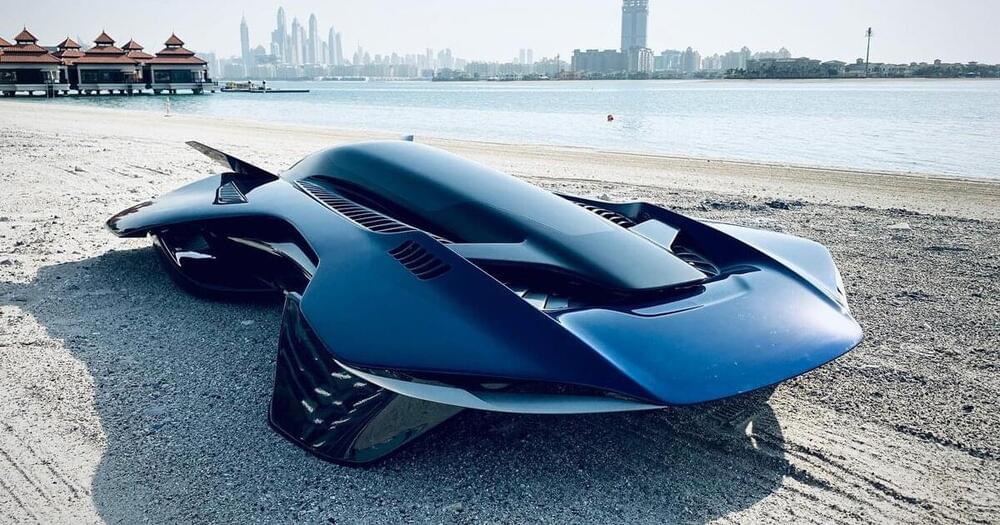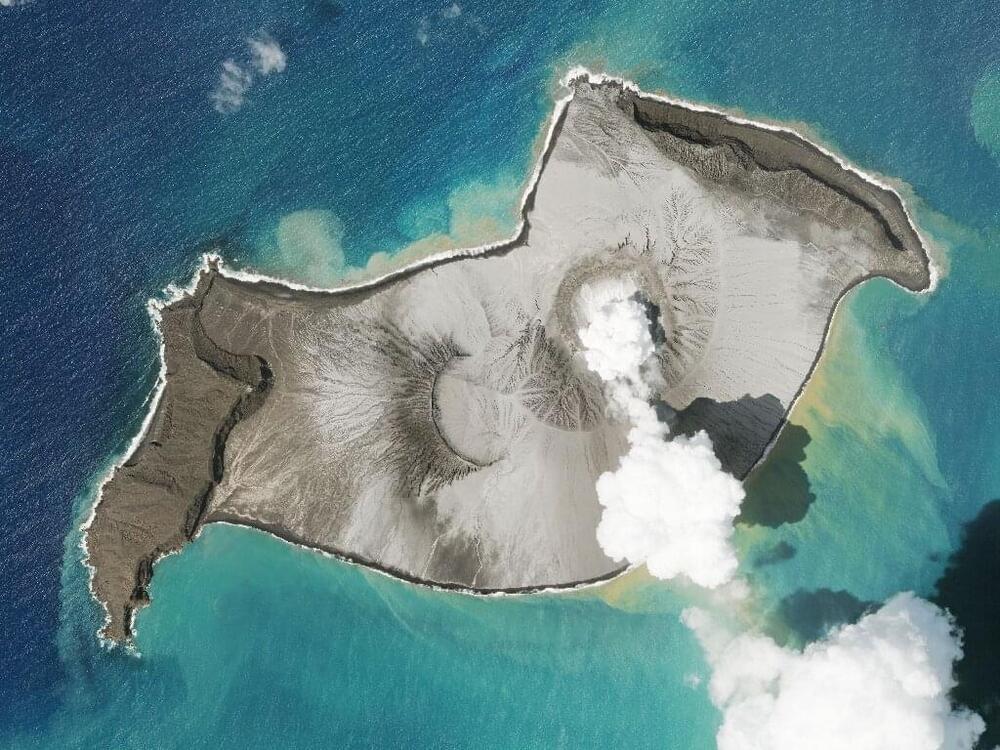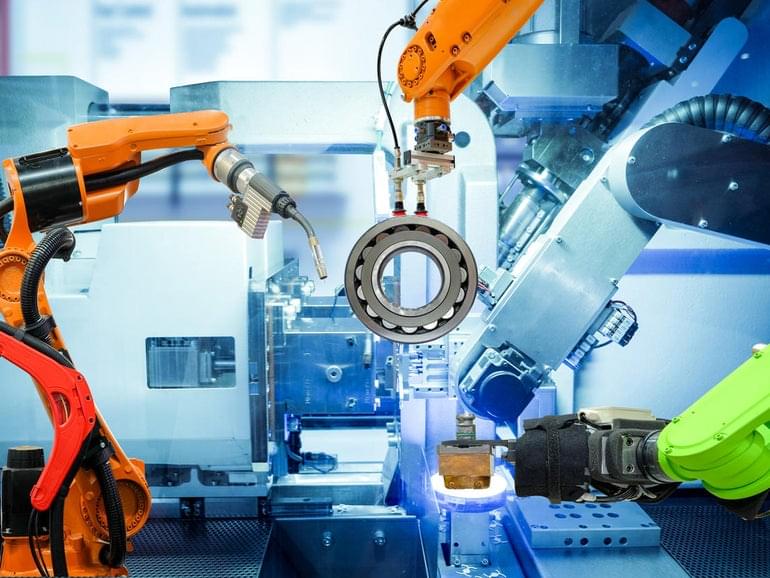Predjama is one of the most extraordinary castles in the world, built in the mouth of a cave complex at the end of a valley in southwest Slovenia.
Set halfway up a 400-foot (123-meter) vertical cliff face, it appears in records from 1,202 and is listed by Guinness World Records as the world’s largest cave castle.
With a Renaissance facade dating back to the 1580s, the word “majestic” doesn’t even begin to describe it. Yet for tour guide and historian Vojko Jurca, one of the highlights is, on first appearances, a little underwhelming.





